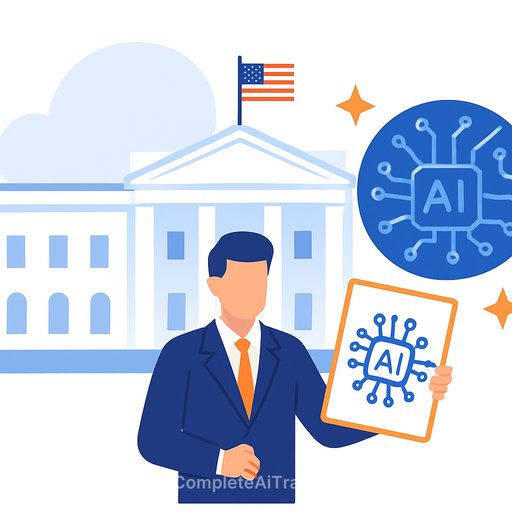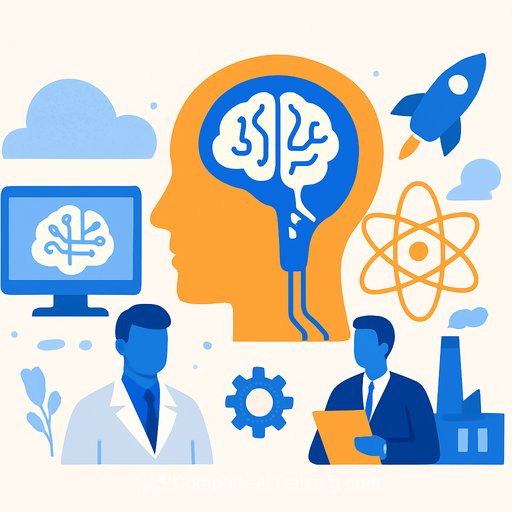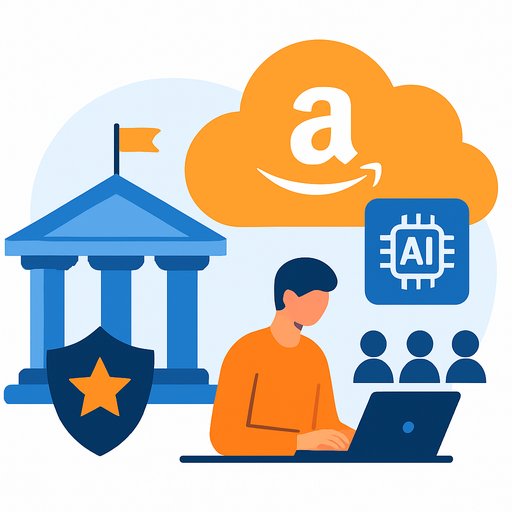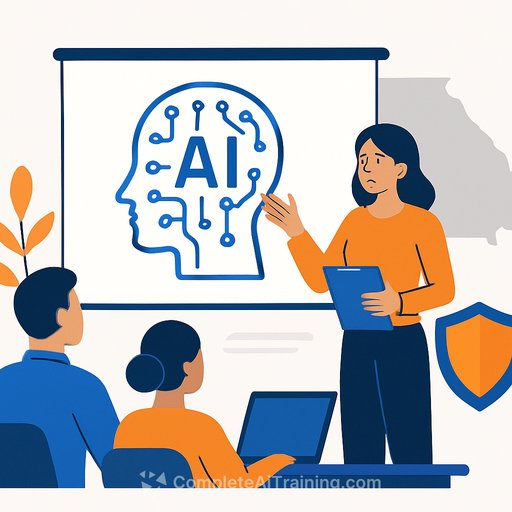Genesis Mission: A Federal A.I. Platform Built on Decades of Scientific Data
President Trump signed an executive order launching the Genesis Mission, a federal initiative to build an integrated A.I. platform using the government's vast scientific datasets. The Department of Energy's national laboratories will lead the effort in partnership with A.I. companies.
The platform's goal is straightforward: train scientific foundation models and deploy A.I. agents that can test hypotheses, automate parts of the research workflow, and speed up discovery. According to the administration, this will span domains from protein folding to fusion plasma dynamics.
Michael Kratsios, the director of the Office of Science and Technology Policy, said the labs will open up data and compute to automate experiments and generate predictive models. Translation for teams in government and research: expect new shared infrastructure, more standardized data access routes, and a push for measurable outcomes.
Compute and Data: What's Under the Hood
The Department of Energy's high-performance computing assets will be central, including the Aurora supercomputer at Argonne National Laboratory, designed in part by an HPE subsidiary. For context on that capability, see Argonne's Aurora program overview at ALCF and the DOE's national lab system at energy.gov.
Expect the platform to prioritize large, well-instrumented datasets collected through federal investments over decades. That means data quality, metadata, and governance will matter as much as compute.
What This Means for Agencies
- Data readiness: Catalog priority datasets, fix broken metadata, and document provenance, licenses, and known gaps.
- Access controls: Define role-based access, de-identification standards, and review processes for sensitive or export-controlled data.
- Security and safety: Prepare model evaluation plans for dual-use risk (bio, cyber, materials), plus logging and incident response for A.I.-assisted experiments.
- Interoperability: Align on formats and APIs to reduce friction across labs and partner institutions.
What This Means for Researchers
- Foundation models for science: Expect pre-trained models and A.I. agents tuned for domain tasks (simulation, analysis, experiment planning).
- Reproducibility: Plan for versioned datasets, prompts, model checkpoints, and evaluation protocols.
- Experiment automation: Prepare workflows that integrate A.I. with lab instruments, simulators, and data lakes.
- Compliance: Clarify IP, authorship, and data-use terms early when collaborating with federal partners and vendors.
Procurement and Partnerships
- Engagement models: Watch for CRADAs, OTAs, and pilot calls through DOE labs for co-development with industry.
- IP and data terms: Lock down rights around fine-tuned models, derived datasets, safety test suites, and evaluation results.
- Standards: Align with NIST and DOE guidance for A.I. risk management, evaluations, and secure MLOps.
Risks and Guardrails to Put in Place Now
- Model evaluation: Red-team models for misuse pathways (e.g., wet-lab instructions, cyber exploitation, unsafe materials synthesis).
- Data governance: Enforce license checks, consent boundaries, and sensitive attribute handling.
- Operational controls: Require audit trails for A.I.-driven lab actions and implement human-in-the-loop checkpoints for high-impact steps.
What to Watch Next
- DOE guidance on platform architecture, data tiers, and compute allocation policies.
- Requests for information and pilot solicitations from national labs.
- Standards and evaluation protocols coordinated with NIST and OSTP.
- Initial science domains prioritized for early wins (e.g., materials, climate, biosciences, fusion).
Immediate Actions (30-90 Days)
- Build a cross-functional A.I. science working group (program, data, security, legal, tech transfer).
- Create a "top 10" dataset inventory with owners, documentation status, and readiness level.
- Draft a model evaluation and safety plan aligned with federal risk frameworks.
- Identify 2-3 candidate projects for platform pilots with clear metrics (time-to-result, cost per experiment, accuracy/recall).
If your team needs structured upskilling to prepare for foundation models, evaluations, and A.I.-assisted lab workflows, explore role-based learning paths at Complete AI Training.
Your membership also unlocks:








